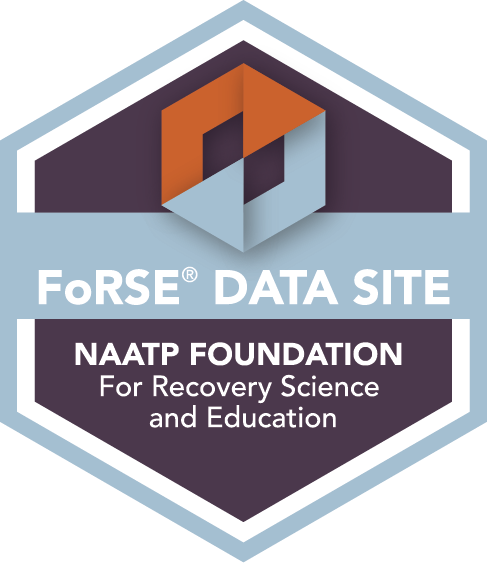In the wake of Australia’s social media ban for children under 16 and U.S. efforts to ban TikTok, it’s time to look at excessive social media use among teens.
By NIRC Staff
Most young adolescents probably couldn’t imagine a world without social media. Platforms like TikTok, Instagram, and Facebook have also greatly shifted how children and teens communicate and connect—in good ways and bad. It’s been reported that social media overconsumption can have negative mental health effects on our youth, and parents are rightfully worried.
Dependence on social media has caused an uptick in anxiety, depression, and similar challenges for teens and young adults. As the loneliness epidemic escalates and issues like “brain rot” are being widely reported, political officials across the globe are stepping in to address concerns about social media.
This article will cover the most recent legislative updates on social media around the globe and explain the potentially harmful effects of excessive social media use on children and teens. The more you know, the better equipped you will be to monitor and protect your children from the dangers of excessive social media use.
Social Media Bans in the U.S. and Beyond
In perhaps the most sweeping legislative move yet, Australia approved a social media ban for teenagers under the age of 16 in November 2024, which will go into effect in late 2025. Australian legislators passed the bill in hopes of reducing the social harm of excessive media use. Tech giants who do not comply with the ban face fines up to $32.5 million. To date, Australia’s new ban is the strictest on a national level.
In the United States, state governments are rolling out their own plans to better regulate adolescent social media use. For example, Florida governor Ron De Santis recently signed a bill banning minors under the age of 14 from using TikTok and other social media apps.
TikTok’s future as a whole is at stake as the U.S. government continues its pursuits to ban the app entirely. National security and data privacy concerns were the main motivations behind U.S. political officials’ desire to ban the China-owned app. In April 2024, President Biden signed a law stating that ByteDance, TikTok’s parent company, would have to sell the app or otherwise get banned from U.S. app stores.
As a happy coincidence, half of American parents support a TikTok ban in the U.S. American teens spend worrisome amounts of time on the TikTok app each day. Parents who favor the ban believe that it could positively impact the mental well-being of the country’s adolescent population.
Social Media Habits Among Teens and Young Adults
Universally, social media consumption among our youth is at an all-time high. According to research from the National Center for Biotechnology Information (NCBI), nearly 95% of teens between ages 13-17 use social media, and more than a third of this group have admitted to “constant use.” While most social media platforms have a minimum age requirement of 13, roughly 40% of children between ages 8-12 also use social media.
Many adolescents view social media as a means to express themselves. They may also turn to TikTok and other apps for connection with others, or as a virtual escape from life’s challenges. Dr. Caitlyn McClure, VP of Clinical Services at Northern Illinois Recovery Center (NIRC), has witnessed social media’s effects on her adolescent patients and can speak on the matter from her experiences working with them.
“Teens and emerging adults are struggling after growing up in a socially atomized world that relies on online interactions, in many cases with school as their only physical vehicle for interaction with friends and peers,” said Dr. McClure. “The type of content can also amplify the impact of screen time in general.”
When used in moderation, connecting with others via social media can benefit teens and young adults. Online communities can help them connect with individuals they may not have met in person and foster a sense of belonging based on their hobbies and interests.
The key to maintaining a healthy relationship with social media, however, is balance. This is where parents can step in to monitor their child’s screen time. Creating balance starts with holding children accountable for how often they’re using social media each day.
Research from the NCBI proves that social interaction is a stress reliever that reduces worry and sadness. On the flip side, a social connection deficit can seriously impact an individual’s mental health, and in some cases, social media can even lead to substance use disorders in teens. The COVID-19 pandemic provided proof of the impact of connection deficits as loneliness and depression surged.
“The pandemic further escalated the loneliness epidemic we’re seeing today, as online connection was the only option for kids for an extended period. Some teens and young adults have not readjusted,” said Dr. McClure.
It’s in our nature to be social, so there’s no harm in seeking companionship and connection through social media; however, it becomes a problem when individuals depend too much on social media for those desired interactions, leading to a rise in excessive screen time among adolescents.
“While they may have online connections—and those connections can provide some value—they lack the true human connection needed to prevent mental health issues that are compounded by loneliness and can make teens more susceptible to [issues like] substance use,” says Dr. McClure.
The Mental Health Effects of Social Media Overconsumption in Adolescents
Developing research has linked social media overconsumption—that is, four hours or more per day—to higher rates of depression, stress, and anxiety. “We have enough information to know that excessive social media use is a dopamine-seeking behavior for acceptance, self-esteem, and belonging in people. When there isn’t enough activity, such as likes or follows, or if there is negative activity, it can deeply impact the mental health of users,” says Dr. McClure.
Social media has also been reported to increase chronic sleep loss in teens, having negative impacts on their cognitive ability, socioeconomic functioning, and school performance. Additionally, research points to teens’ excessive social media use as a lead cause of increased mental distress, self-harming behaviors, and suicidality.
Dr. McClure agrees that “while there is no singular cause of anxiety and depression in teens, excessive screen time and social isolation can seriously impact their mental health.”
Statistics on Adolescent Social Media Use
Social media “overdosing” has become a global trend amongst the adolescent population. The National Center for Health Statistics released the following findings:
- From July 2021 to December 2024, half of teens (between ages 12-17) spent 4 or more hours looking at their screens. 22.8% reported having 3 hours of daily screen time,17.8% had two hours, 6.1% had 1 hour, and 3% had less than one hour.
- 1 in 4 teenagers who had 4 or more hours of daily screen time struggled with anxiety (27.1%) and depression (25.9%).
- Anxiety and depressive symptoms were reduced in teens who limited their social media use to less than 4 hours per day, with only 12.3% experiencing anxiety and 9.5% experiencing depression.
Continuous technological advancements and the monetization of attention call for ongoing research efforts to unpack how social media affects our youth.




